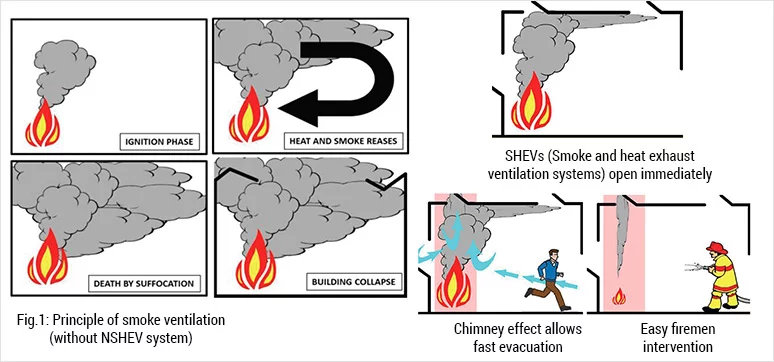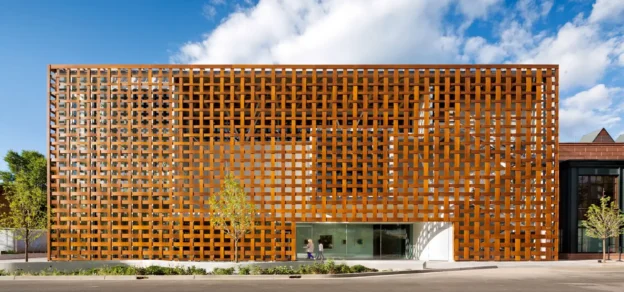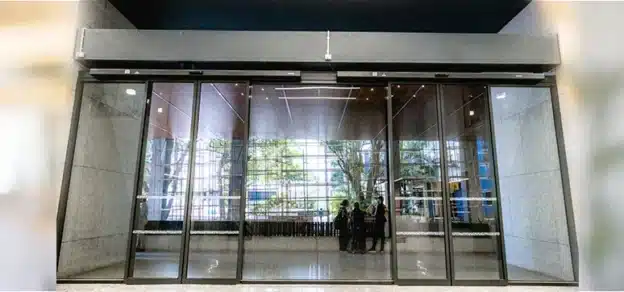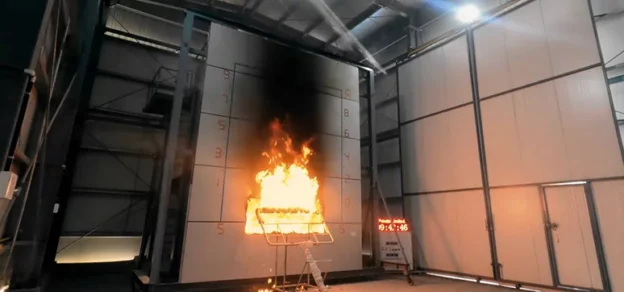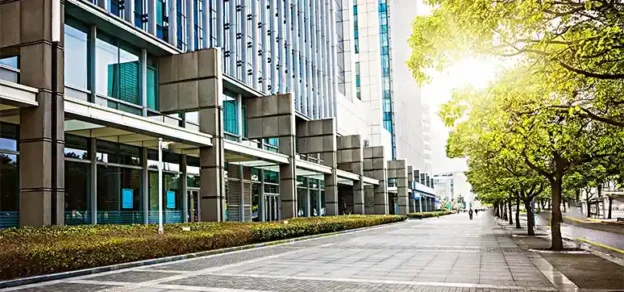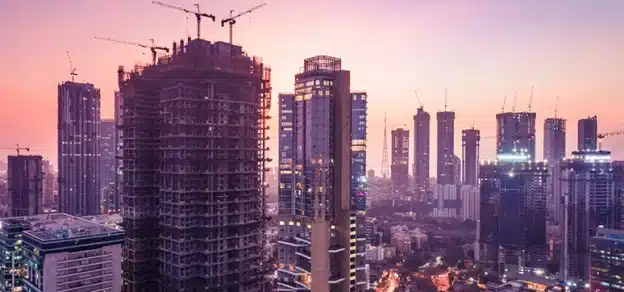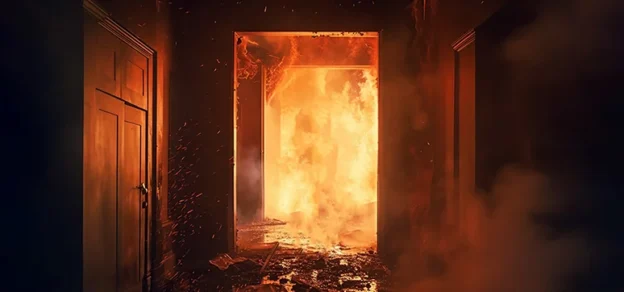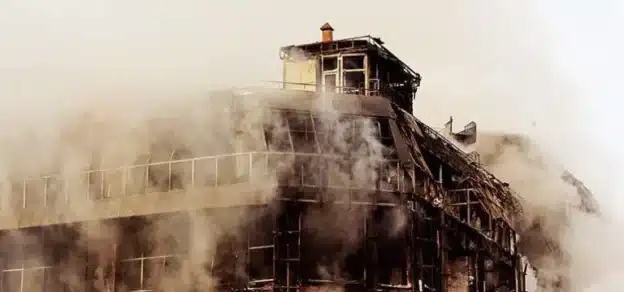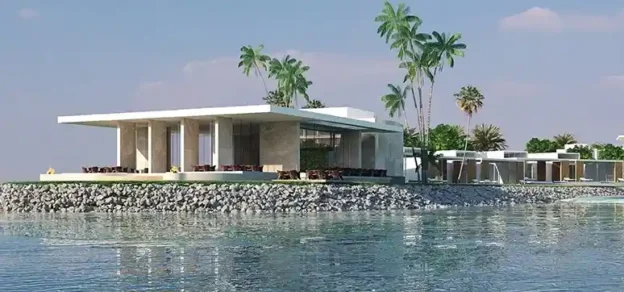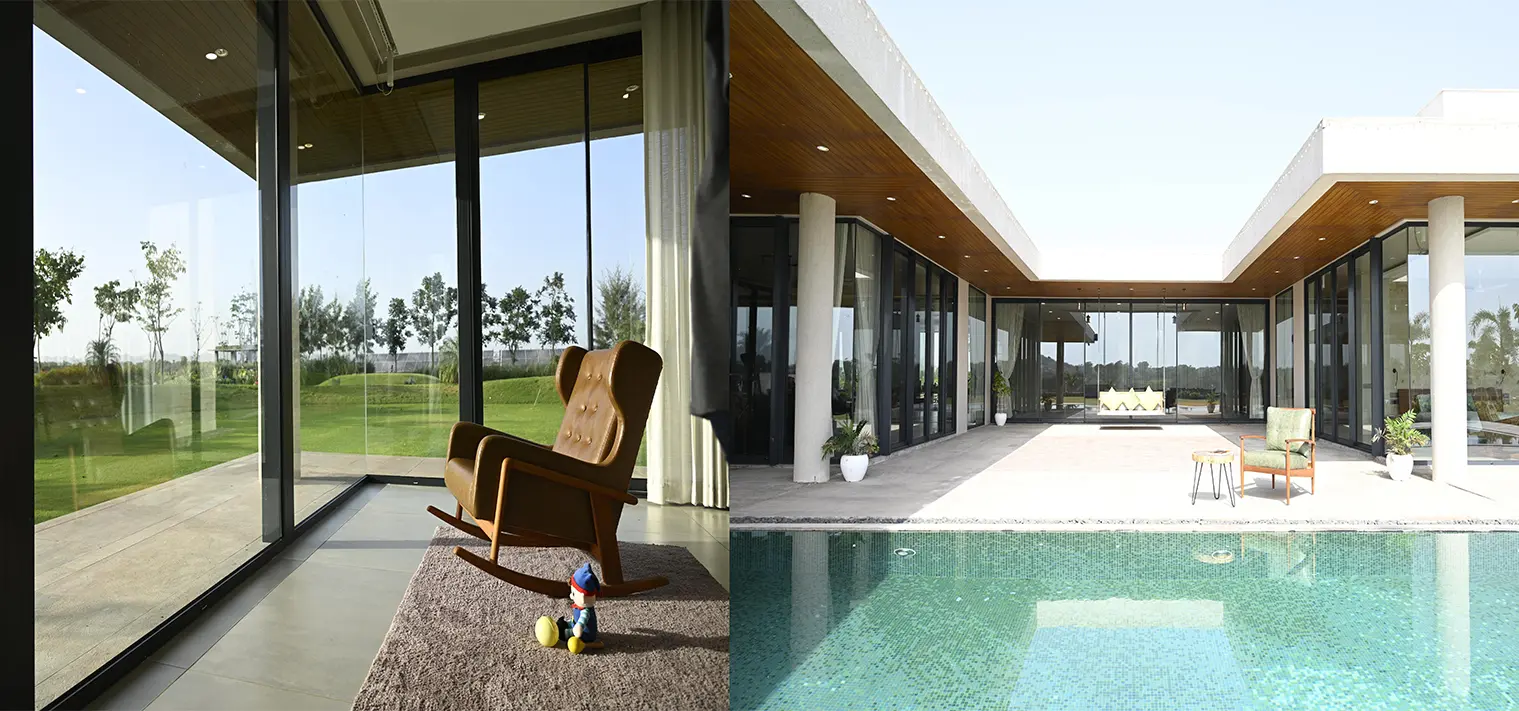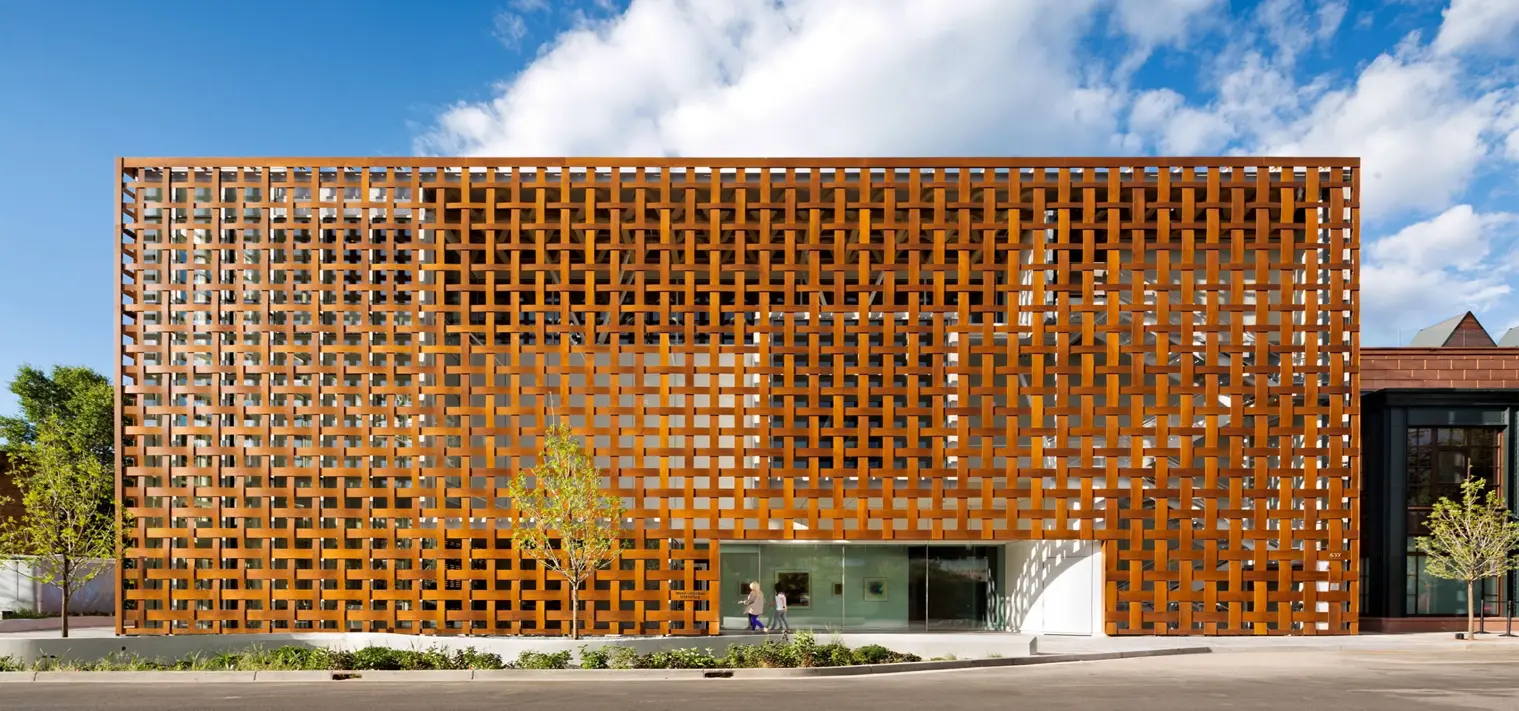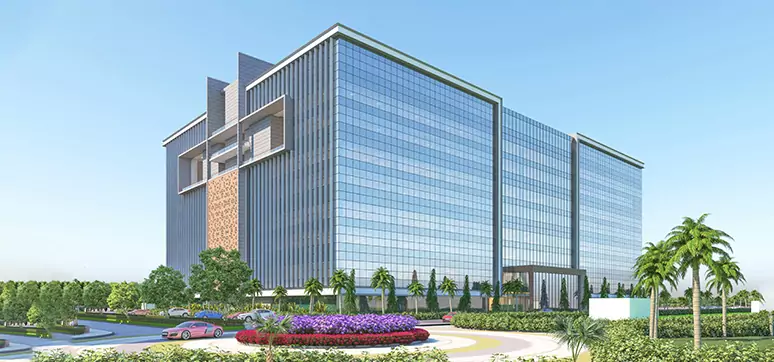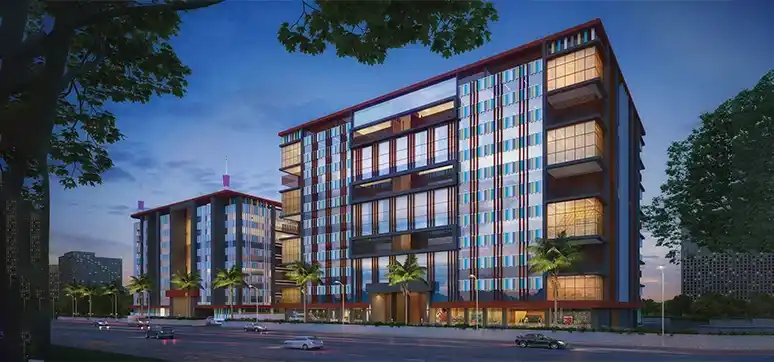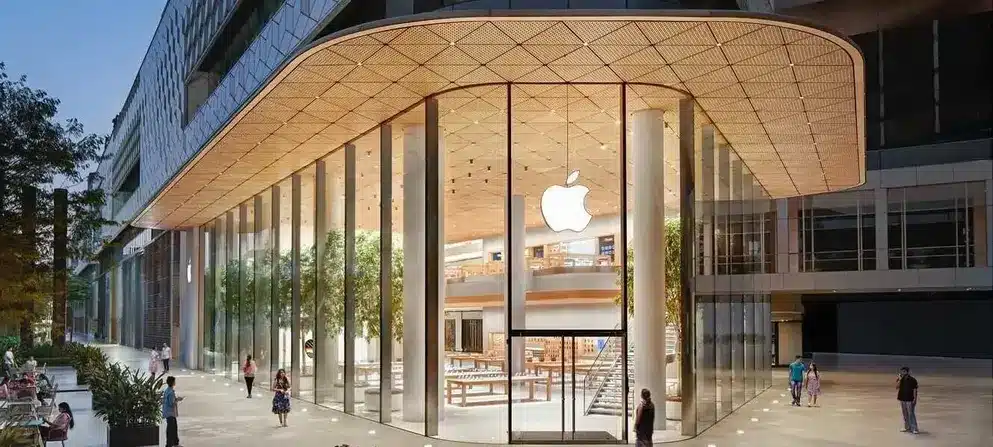Natural smoke and heat exhaust systems improve indoor safety conditions in case of fire inside a building.
Main Risks During Fire
In the event of a fire inside a building, smoke and hot gases rise up in the building, creating a layer of dangerous gases under the ceiling, which fills up the room in a very short time.
The smoke precludes the visibility of the emergency exit or impedes the prompt intervention of the firemen. Due to the toxic substance of the smoke, 90% of fire victims die due to smoke inhalation. The second critical risk is the flashover caused by the very high temperature inside the building that could generate an explosion or big damage to the building structures, with the consequent collapse.
Why Use Smoke Ventilation?
To avoid the above dangerous events and keep escape routes clear for longer, and also to ensure that the fire service can quickly and safely locate and extinguish a fire, a natural smoke and heat exhaust system (NSHEV) must be integrated into the fire protection concept.
The NSHEV consist of a system of automatic opening windows installed in the upper sections of the façade or on the roof to keep the building free from smoke and heat. Ventilation openings in the lower area increase the thermal uplift, generating a “chimney effect”.
Nshev Definition
NSHEV systems can be divided into two main categories:
- Façade Exhaust System (vertical façade).
- Roof Exhaust System. The NSHEV consists of an electrical drive installed and operating on vertical or horizontal window design and developed for resisting very high heat (up to 300°C) and reliability (up to 10,000 cycles) tests.
In summary, the following benefits can be achieved by installing an NSHEV system:
- People protection against smoke inhalation.
- Grant visibility for firemen intervention.
- Preserve the building structures.
- Minimum use of extinguishing agents.
Façade Exhaust System
The Façade Exhaust System is composed of an electrical chain drive (or rack or spindle drive) installed in smoke and heat exhaust systems (SHEV); top-hung or bottom-hung windows can be implemented.
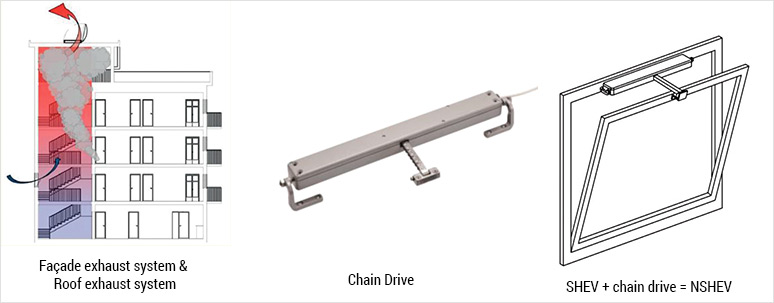
Roof Exhaust System
Is composed of an electrical drive (rack or spindle drive) installed in smoke and heat exhaust systems (SHEV), usually installed on the upper part of the building, directly on the roof or in the nearest area.
Nshev Systems
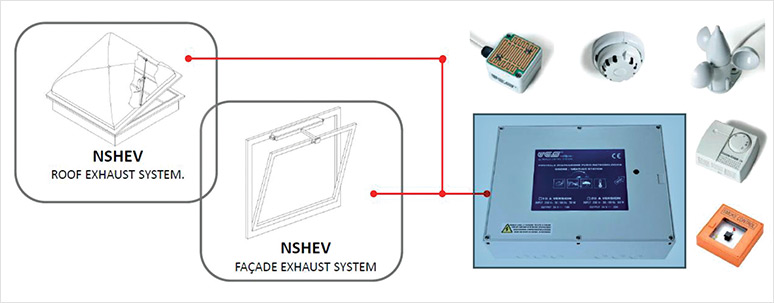
NSHEV systems need an electrical power supply of 24Vdc and should be connected to an electric system for smoke and heat extraction which are composed of a control unit and related smoke and heat detector and/ or emergency push buttons. The control unit should include a power supply backup solution that aims to grant 24Vdc even if the main power supply 230Vac is down due to the blackout caused by the fire.
